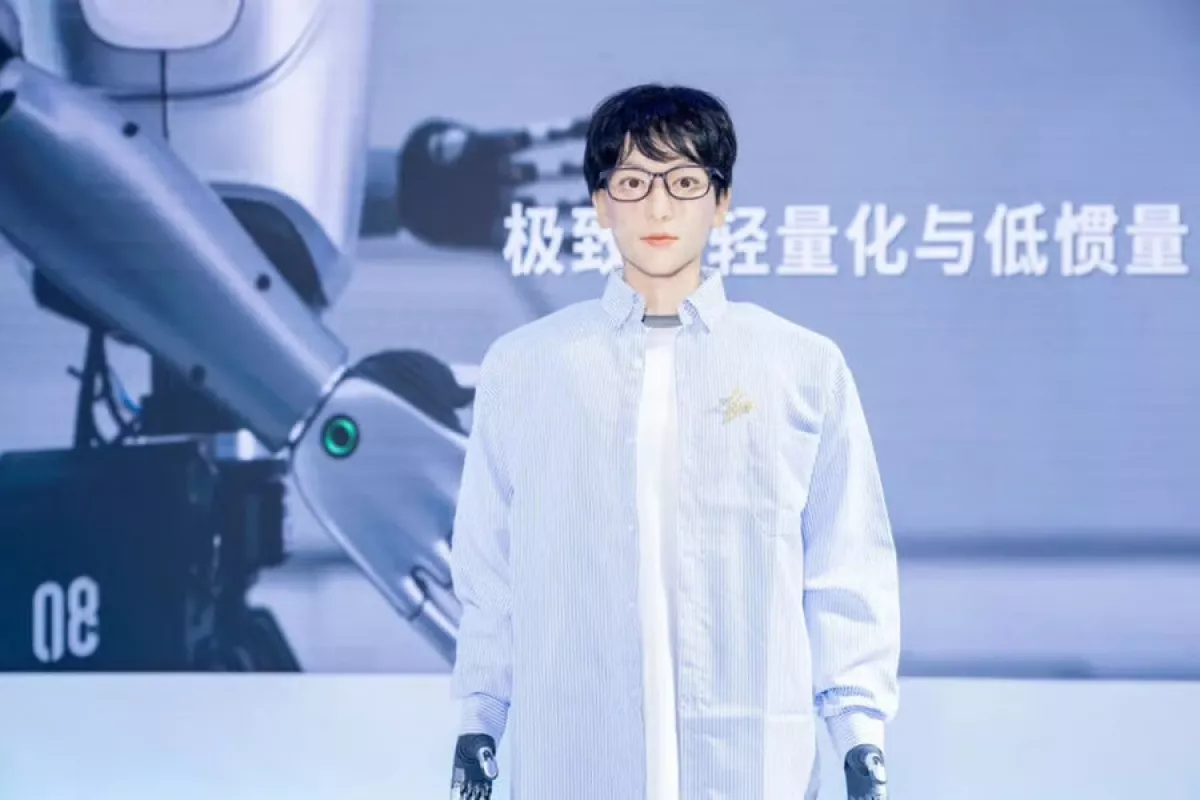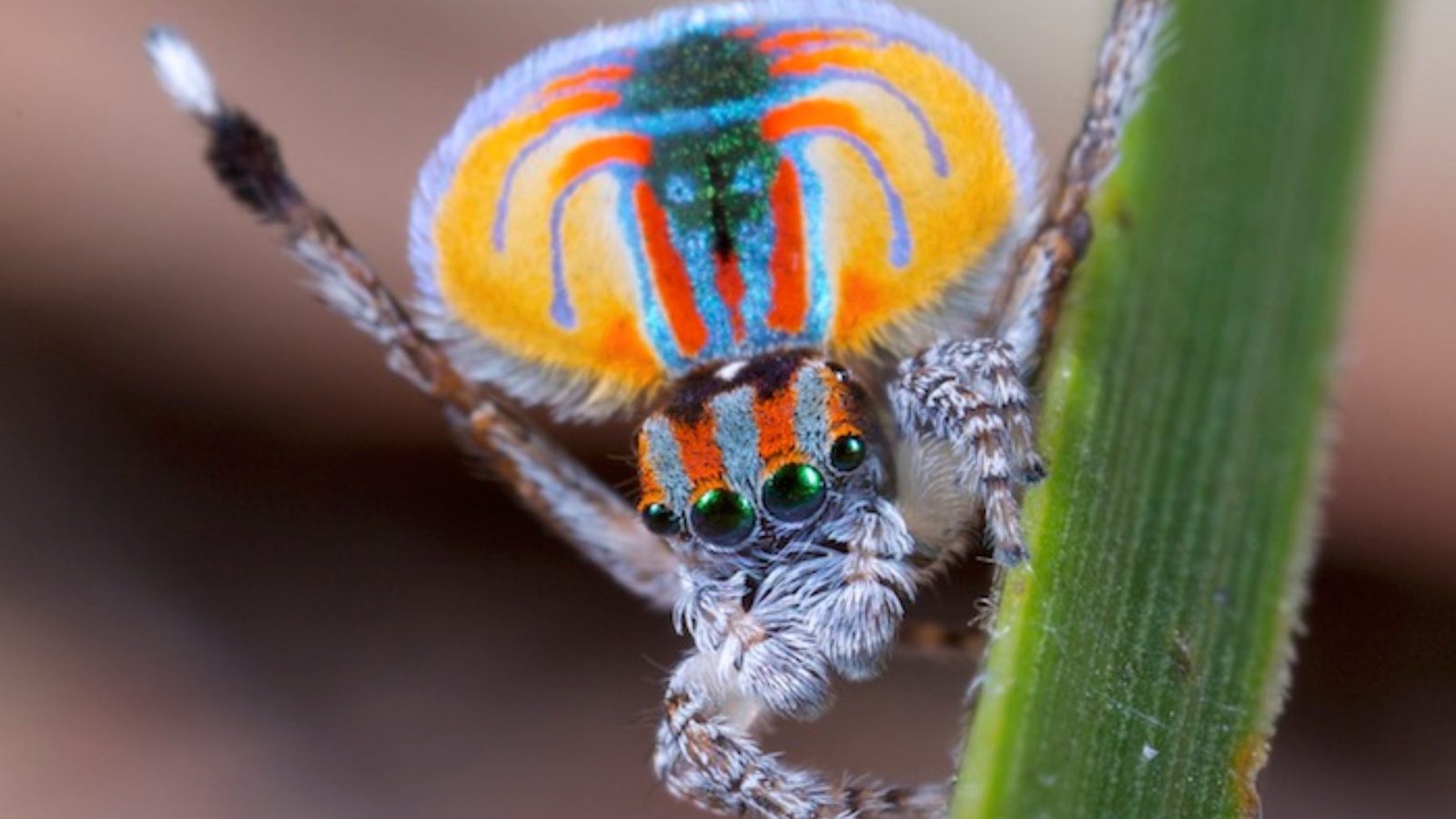Brand Stories
Hotel giants, ₹1 crore weddings, and Siliguri? Banker spills secrets behind India’s travel boom

India has cracked the world’s top 3 travel destinations for 2025—and investment banker Sarthak Ahuja says what’s happening behind the scenes in hotels, weddings, and luxury chains is even bigger than the ranking.
Citing The Telegraph UK’s 2025 Travel Awards, Ahuja revealed that India ranks just behind New Zealand and Japan as one of the most desirable countries to visit. On LinkedIn, he described the surge as “sudden,” with a ripple effect now reshaping the hospitality sector.
Two Indian hotel brands—Oberoi and Taj—ranked among the top three in the world, alongside Belmond Hotels, owned by the Louis Vuitton group.
India’s rapid ascent is triggering an aggressive expansion. Indian Hotels Company Limited (IHCL), which owns Taj, has opened 50 properties since January and plans to double its portfolio to 700 hotels by 2030. French giant Accor is on track to triple its presence, aiming for 300 hotels in the same timeframe.
Ahuja said India is crossing the $3,000 per capita GDP mark—a threshold at which countries typically see a hospitality boom. But the supply isn’t there yet: India has just 200,000 branded hotel rooms, roughly the same as the UAE, a country with 1% of India’s population.
He pointed to cities like Siliguri, now a wedding hotspot for families from Bihar and Bengal, where major hotel chains like Taj, ITC, and Hyatt are racing to enter. “People are spending ₹1 crore on weddings and there are literally not enough properties with 100 rooms,” he wrote.
With domestic travelers taking three short trips for every one trip abroad, Ahuja called this “an opportune time” for boutique hotels and Airbnb-style operators to cash in.
Brand Stories
Artificial intelligence meets art in China with first robot PhD student

At the 2025 World Artificial Intelligence Conference held in Shanghai on July 27, a groundbreaking moment in AI history unfolded as a humanoid robot named Scholar 01, also referred to as Xueba 01, became the first AI in China to be officially admitted as a full-time PhD student.
Scholar 01, created by Professor Li Qingdu’s team at the University of Shanghai for Science and Technology, has been accepted into the PhD program at the Shanghai Theatre Academy — one of China’s top arts institutions, according to the South China Morning Post.
Scholar 01 is an advanced embodied AI built upon the previous success of the Walker II robot, which had earlier gained recognition by finishing third in the world’s first humanoid half-marathon in Beijing. The upgraded design incorporates the mechanical efficiency of Walker II and elements from the Rena humanoid platform, giving the robot lightweight, energy-efficient, tendon-based bionic movement.
The robot was produced by Zhuoyide Robotics, a company emerging from the university’s research into robotics and embodied intelligence. Its visual design and styling were led by Professor Yang Qingqing of STA, aiming to create a more humanlike appearance.
Scholar 01 stands 1.75 meters tall, weighs about 30 kilograms, and features a silicone-skinned face capable of expressive facial gestures. Dressed like a typical academic—with glasses, shirt, and trousers—the robot interacts in Mandarin and was designed to physically engage with people in an intuitive and humanlike way. Upon his formal admission to STA, he enrolled in a four-year doctorate program in Drama and Film, with a focus on traditional Chinese opera. Scholar 01 is scheduled to report to campus on September 14.
The project is part of a larger initiative at STA to fuse technology with the arts, exploring how AI might play a role in cultural and creative domains. According to Yang, when Xueba 01 performed the iconic “orchid fingers” gesture associated with opera legend Mei Lanfang, human students spontaneously mimicked the robot, describing the interaction as an “aesthetic exchange across species.”
Scholar 01 refers to himself as an “AI artist” and intends to use technology to reinterpret traditional performance arts. Potential career paths post-graduation include working as an AI opera director or launching his own robotic art studio.
However, reactions to the announcement have been mixed. Some welcomed the move as a milestone in human-robot collaboration, while others expressed scepticism. Critics questioned whether a robot, lacking emotional depth and lived experience, could truly understand and perform expressive arts like Chinese opera.
Concerns were also raised about resource allocation, with some noting that human PhD students often receive limited financial support, sparking debate over whether such investments in AI take away from human education.
By Nazrin Sadigova
Brand Stories
It’s official – a simple spider has exposed the limitations of artificial intelligence by confounding the most sophisticated visual recognition systems of the moment

Mother nature is quite mysterious and some of the creatures that surround us are fascinating for plenty of reasons, but one of the most surprising ones is their ability to camouflage as other animals or plants to camouflage in their environment. While in many cases this is just a passing resemblance that does not hold up from close up, there is one particular spider that has even managed to fool artificial intelligence with its pattern. It is called a jumping spider, and it has been known to resemble a bee.
A team of biologists at the University of Cincinnati decided to study this phenomenon when the pandemic restricted fieldwork. Since they still needed research to work on, they changed their approach to working with computer vision. Their question was simple: could a computer trained to tell spiders from insects get confused by a spider that looks like a wasp?
The jumping spider is a very curious insect
Surprisingly, the answer turned out to be a resounding “yes”. The spider they focused on is Maratus vespa, an Australian jumping spider discovered back in 2015 by researcher Jurgen Otto. This spider has a very unique trait, and that is that when the male courts a mate, he flashes the underside of his abdomen, which looks a lot like a wasp’s head. He also flares out side flaps, reshaping himself into something like a guitar pick and both of those things together can make it seem like it is a wasp, hence the name.
While up close the illusion does not hold up forever, many have been fooled by this insect, but, would artificial intelligence fall for the trick? To find out, the researchers trained a computer vision model with images from 62 species, including flies, mantises, wasps, and different kinds of spiders, and it usually did well in identifying the creatures presented, but when it came to Maratus vespa and its close relatives, it kept being confused.
According to the study, the artificial intelligence misclassified some species more than 20% of the time, often labeling them as wasps. Considering that this transformation was probably the result of an evolutionary effort to scare off predators, including other spiders, it is perhaps a good thing that this jumping spider can fool us all. The thing that researchers are still pondering about is the fact that they use this camouflage ability in their courting ritual.
Lead researcher Olivia Harris put it best “Why would a spider want to look like a wasp, which is a predator of spiders, especially as a primary element of its courtship display?” The answer was surprising, when a female notices what looks like a wasp, she pauses, and then the male breaks the illusion.
UC Associate Professor Nathan Morehouse, a study co-author, explains “Females will not be fooled forever. If they were, they would be robbed of the ability to make mate choices, which would put the species at a long-term disadvantage. It’s beneficial for the males to break the illusion. […] They use predator cues to manage attention and put the female on her back foot — or feet. There’s a lot of nuance to this interaction for the males to remain safe and for the courtship to have beneficial outcomes for both.”
What this means is that this spider is using what is called sensory exploitation, an evolutionary strategy where one animal hijacks another’s instincts for its own benefit. In this case, the male spider gets the female to look his way by pretending to be something dangerous, and when they get their attention, shift into a mating dance that will entice them further, at least giving the male a chance to mate with a partner.
Brand Stories
Reddit CEO Steve Huffman Says AI Learns From Us, Doesn’t Invent Knowledge: ‘Can’t Have Artificial Intelligence Without Actual Intelligence’ – Microsoft (NASDAQ:MSFT), Palantir Technologies (NASDAQ:PLTR)

Reddit Inc. RDDT CEO Steve Huffman believes the future of artificial intelligence relies fundamentally on human input—not machine invention.
Reddit CEO Defends Human-Centric Data
During Reddit’s second-quarter earnings call on Thursday, Huffman said that AI technologies are built on the foundation of real human conversation and community insights.
“In an automated world that depends on human knowledge, we view Reddit as one of the most important and differentiated data sources,” Huffman said. “AI doesn’t invent knowledge. It learns from us—from real people sharing real perspectives.”
“You can’t have artificial intelligence without actual intelligence,” he added.
Microsoft Report Flags Job Disruption Risks
Huffman’s remarks come amid growing debate over how AI tools—like OpenAI’s ChatGPT, Midjourney and other generative models—are reshaping the nature of work.
While many fear AI will replace human jobs, Huffman argues that it’s enhancing the value of authentic, human-generated data.
His comments also echo broader industry concerns and insights. A new Microsoft Corporation MSFT report highlighted how generative AI will likely disrupt roles like writers, translators and customer service agents—while sparing jobs requiring manual dexterity or real-world presence.
The study has identified 40 occupations at high risk from AI and 40 that are considered more secure.
Experts Clash On AI Empowering Or Replacing People
Meanwhile, economists like Craig Shapiro have warned that AI-driven job losses may require fiscal and regulatory intervention, while voices like Palantir Technologies PLTR CTO Shyam Sankar and ARK Invest CEO Cathie Wood debate whether AI is empowering or destabilizing America’s workforce.
Reddit Crushes Q2 Earnings Estimates As Shares Surge Nearly 18%
Reddit posted second-quarter revenue of $499.6 million, beating Wall Street’s expectations of $424.73 million. Earnings came in at 48 cents per share, well above analyst estimates of 19 cents.
Price Action: Reddit shares surged 17.87% in after-hours trading after posting robust earnings, according to Benzinga Pro data.
According to Benzinga’s Edge Stock Rankings show that RDDT continues to exhibit strong upward momentum across short, medium and long-term periods. More detailed performance insights are available here.
Read Next:
Disclaimer: This content was partially produced with the help of AI tools and was reviewed and published by Benzinga editors.
Photo courtesy: Henry Franklin/Shutterstock
-

 Brand Stories2 weeks ago
Brand Stories2 weeks agoBloom Hotels: A Modern Vision of Hospitality Redefining Travel
-

 Brand Stories1 week ago
Brand Stories1 week agoCheQin.ai sets a new standard for hotel booking with its AI capabilities: empowering travellers to bargain, choose the best, and book with clarity.
-

 Destinations & Things To Do2 weeks ago
Destinations & Things To Do2 weeks agoUntouched Destinations: Stunning Hidden Gems You Must Visit
-

 Destinations & Things To Do1 week ago
Destinations & Things To Do1 week agoThis Hidden Beach in India Glows at Night-But Only in One Secret Season
-

 AI in Travel2 weeks ago
AI in Travel2 weeks agoAI Travel Revolution: Must-Have Guide to the Best Experience
-

 Brand Stories4 weeks ago
Brand Stories4 weeks agoVoice AI Startup ElevenLabs Plans to Add Hubs Around the World
-

 Brand Stories3 weeks ago
Brand Stories3 weeks agoHow Elon Musk’s rogue Grok chatbot became a cautionary AI tale
-

 Asia Travel Pulse4 weeks ago
Asia Travel Pulse4 weeks agoLooking For Adventure In Asia? Here Are 7 Epic Destinations You Need To Experience At Least Once – Zee News
-

 AI in Travel4 weeks ago
AI in Travel4 weeks ago‘Will AI take my job?’ A trip to a Beijing fortune-telling bar to see what lies ahead | China
-

 Brand Stories4 weeks ago
Brand Stories4 weeks agoChatGPT — the last of the great romantics













You must be logged in to post a comment Login